You are here
Please respect the outdoors by practicing Leave No Trace. Learn more about how to apply the principles of Leave No Trace on your next outdoor adventure here.
San Francisco Peninsula + Santa Cruz, California
Pacific Beach
San Diego Metro Area, California
Northern Oregon Coast
Santa Cruz
Santa Cruz
San Diego Metro Area, California

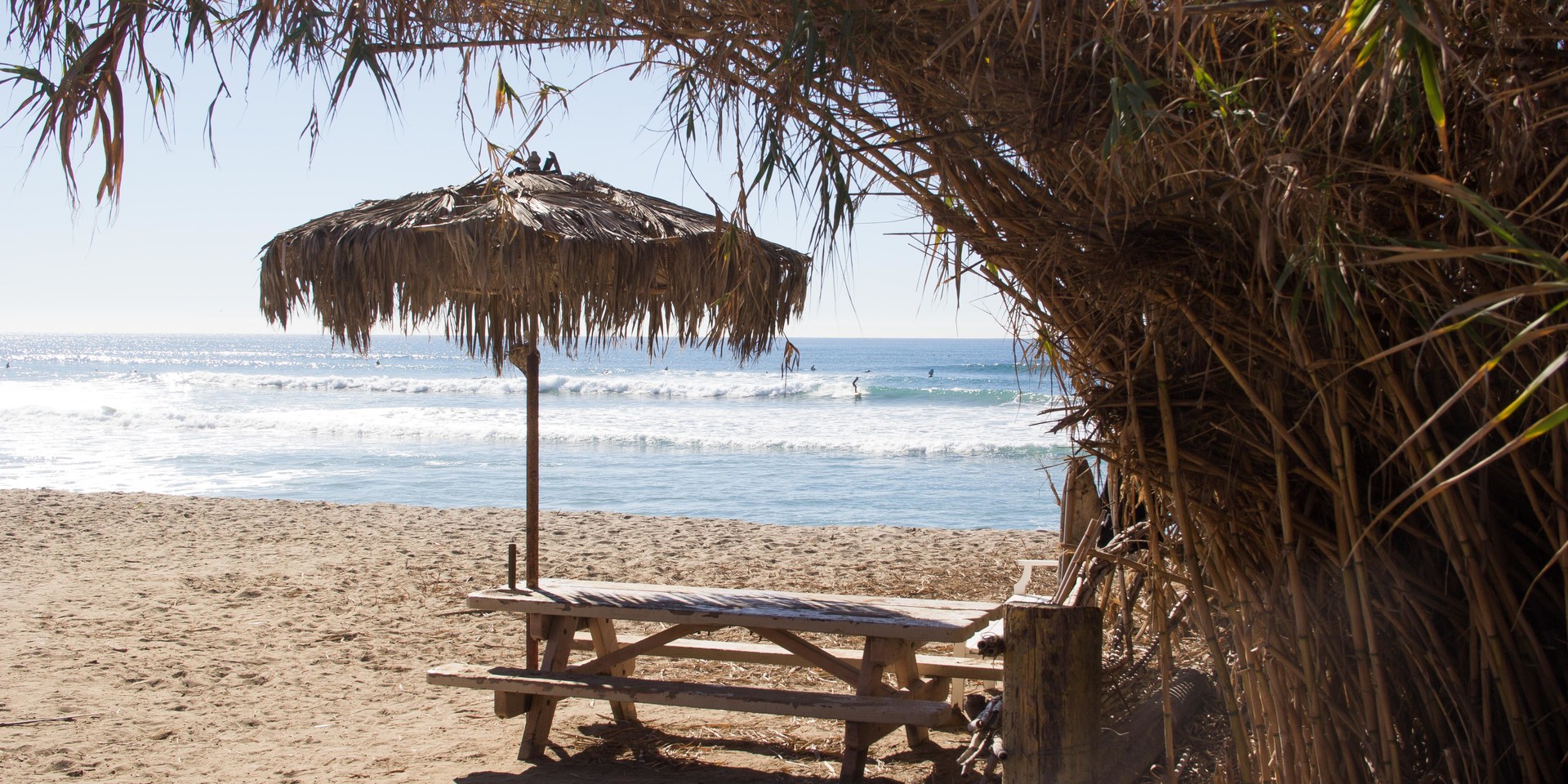
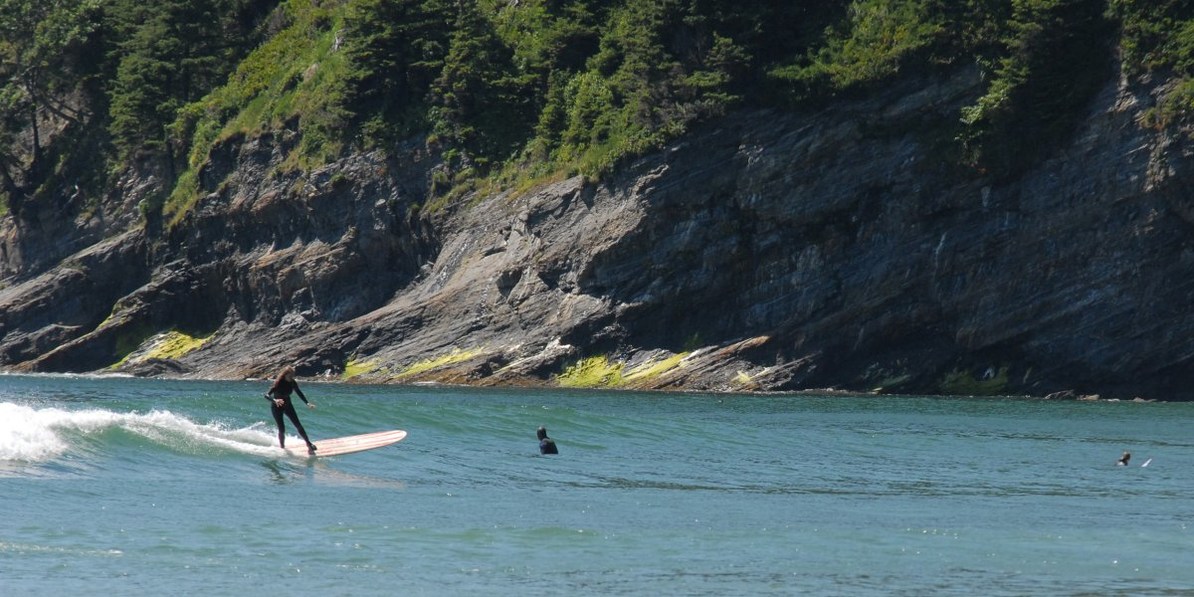
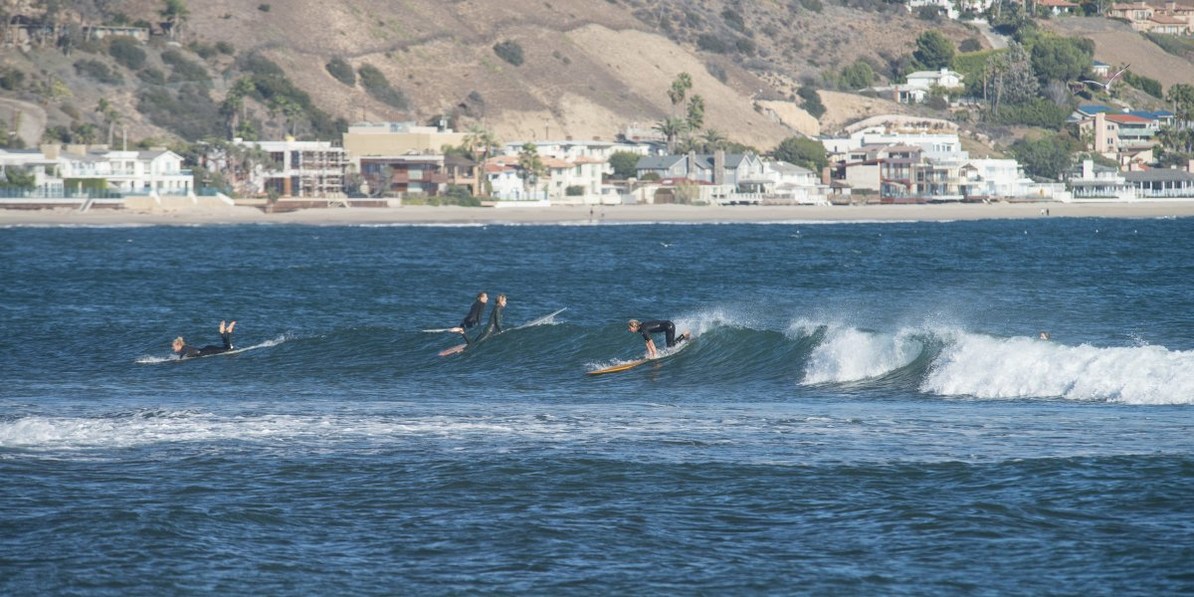
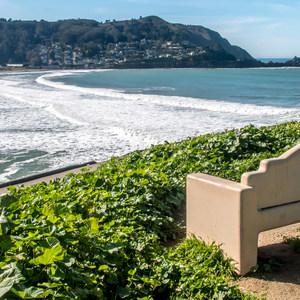
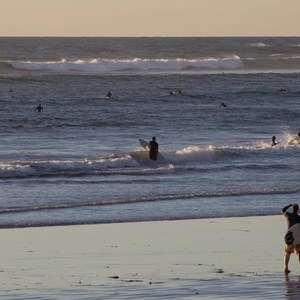
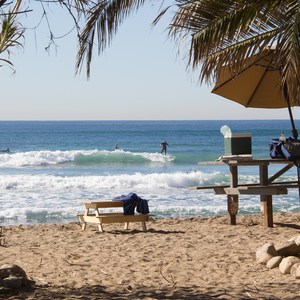
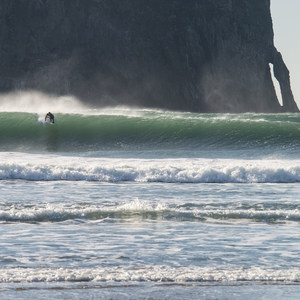
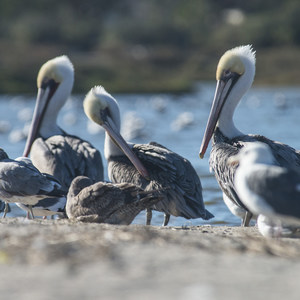
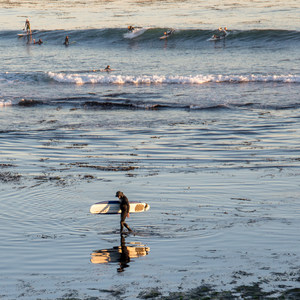
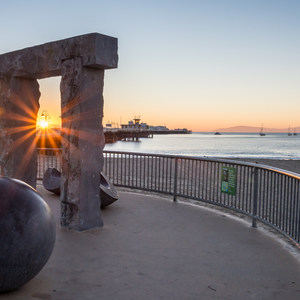
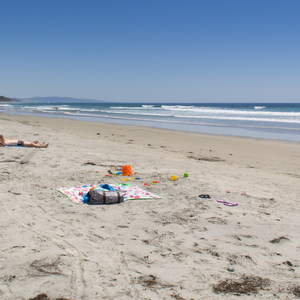



Comments
Sign In and share them.